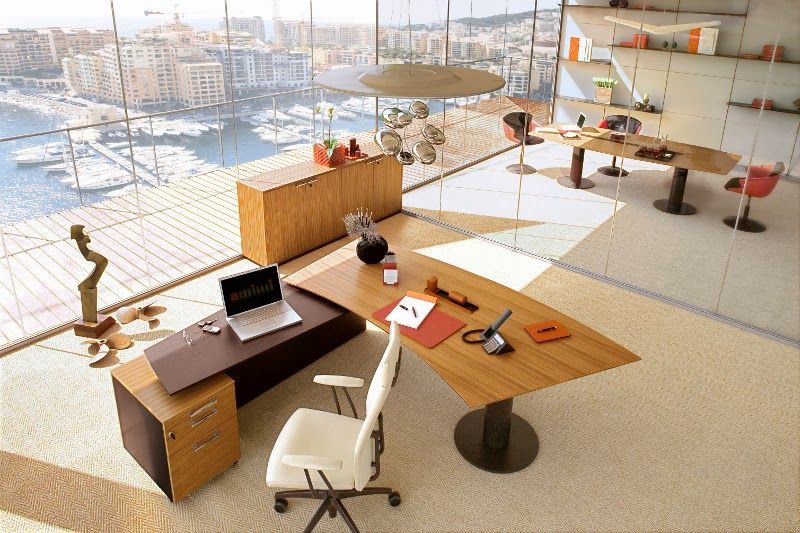How daylight can boost health and sustainability in commercial buildings.

Most Europeans spend most of their time inside buildings ( close to 90% ), where the air quality is often worse than outside. Indoor pollutants can be two to five times higher than outdoor levels, affecting our health and well-being.
We must use daylight effectively to create healthier, more sustainable indoor environments. Daylight is a natural, energy-efficient lighting source vital for human health, productivity, and happiness. There is growing evidence and guidance on designing buildings that harness the benefits of daylight and views for the occupants: daylight and the human body.
Recent discoveries and research have revealed how natural light influences our biological rhythms and functions. Scientists have identified a type of cell in the retina (ipRGC) that responds to daylight and sends signals to the brain to regulate our circadian cycle. This cycle affects our sleep patterns, hormone levels, body temperature, digestion, and other vital processes. Sunlight exposure also stimulates the production of neurotransmitters, such as serotonin, which affect our mood, energy, and stress levels.
Studies and design examples have shown that daylight and outside views can improve building occupants’ psychological and physiological well-being. Researchers at the Lighting Research Center (LRC) in Troy, NY, have found that quality daylight exposure can enhance occupant comfort, mood, and productivity and reduce stress and depression rates. Being exposed to natural light provides mental and visual stimulation that helps us maintain a healthy circadian rhythm and produce serotonin. Serotonin is sometimes called the happy hormone because it makes us feel more alert, relaxed, and refreshed while combating stress, anxiety, and depression and potentially preventing seasonal affective disorder (SAD). Daylight also affects our emotional health and mood. Living beings enjoy and appreciate being exposed to it; when we lack it, we miss light and views. Therefore, psychological and physiological health are closely linked, and access to this kind of light and ideas are essential aspects of a building’s design that improve indoor environmental quality for human wellness.
Daylighting is a brilliant energy conservation and sustainability solution, a high priority for many facility managers and executives. They can reap this practice’s evident and attractive benefits by implementing clever daylighting strategies in their buildings. The building sector significantly contributes to global carbon emissions directly and indirectly. According to the International Energy Agency (IEA), the buildings and construction industries account for 30% of worldwide final energy consumption and 27% of total energy sector CO2 emissions. Choosing natural light as an illumination source is the most sustainable option and a free and renewable resource that delivers numerous benefits beyond green practices. With electricity being the primary energy source for commercial buildings and the main cost driver, reducing electric lighting during the day is prudent. Fortunately, there are now highly efficient and advanced daylighting technologies that can minimise the need for electric lighting without compromising on heating or cooling performance but rather enhancing it.
In conclusion, Natural light is a robust and sustainable way to enhance the indoor environment of buildings. It can save energy, reduce costs, and improve the health and performance of occupants. Daylighting also supports occupants’ physical and mental well-being by providing sunlight, views, and circadian entrainment. Using innovative daylighting technologies, strategies, and energy efficiency tools, facility managers and executives can create green and bright spaces that benefit people and the planet.

